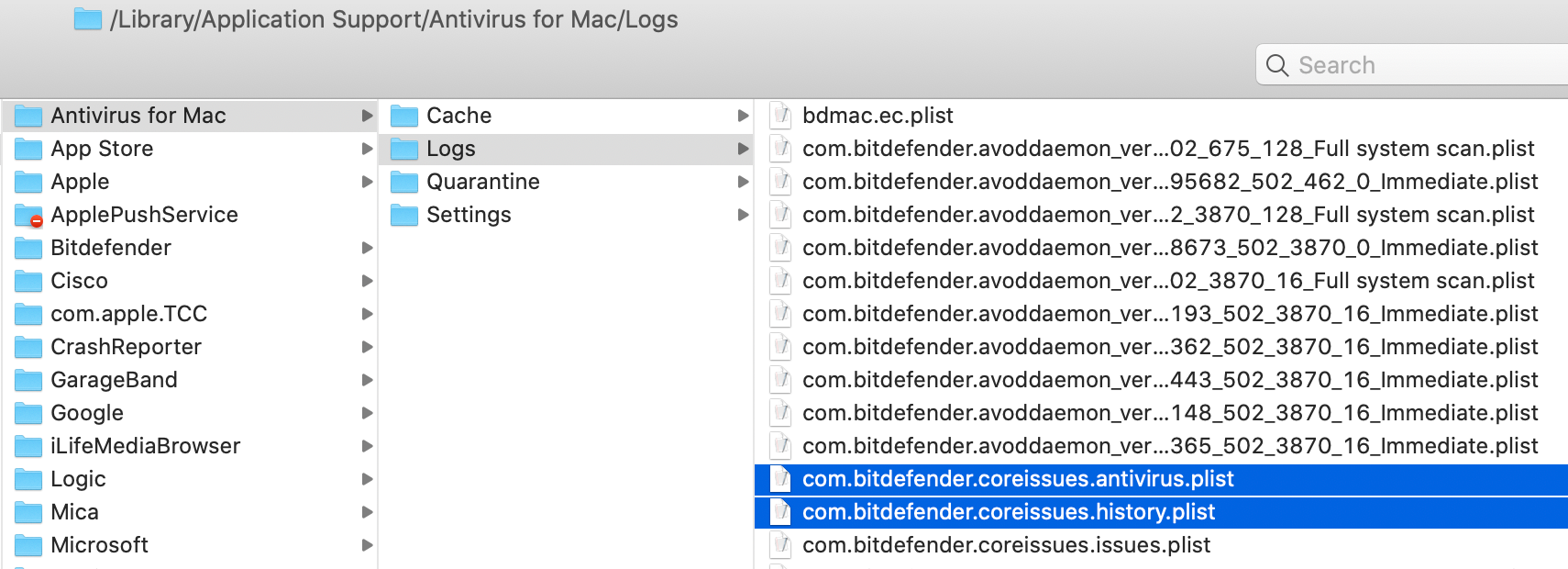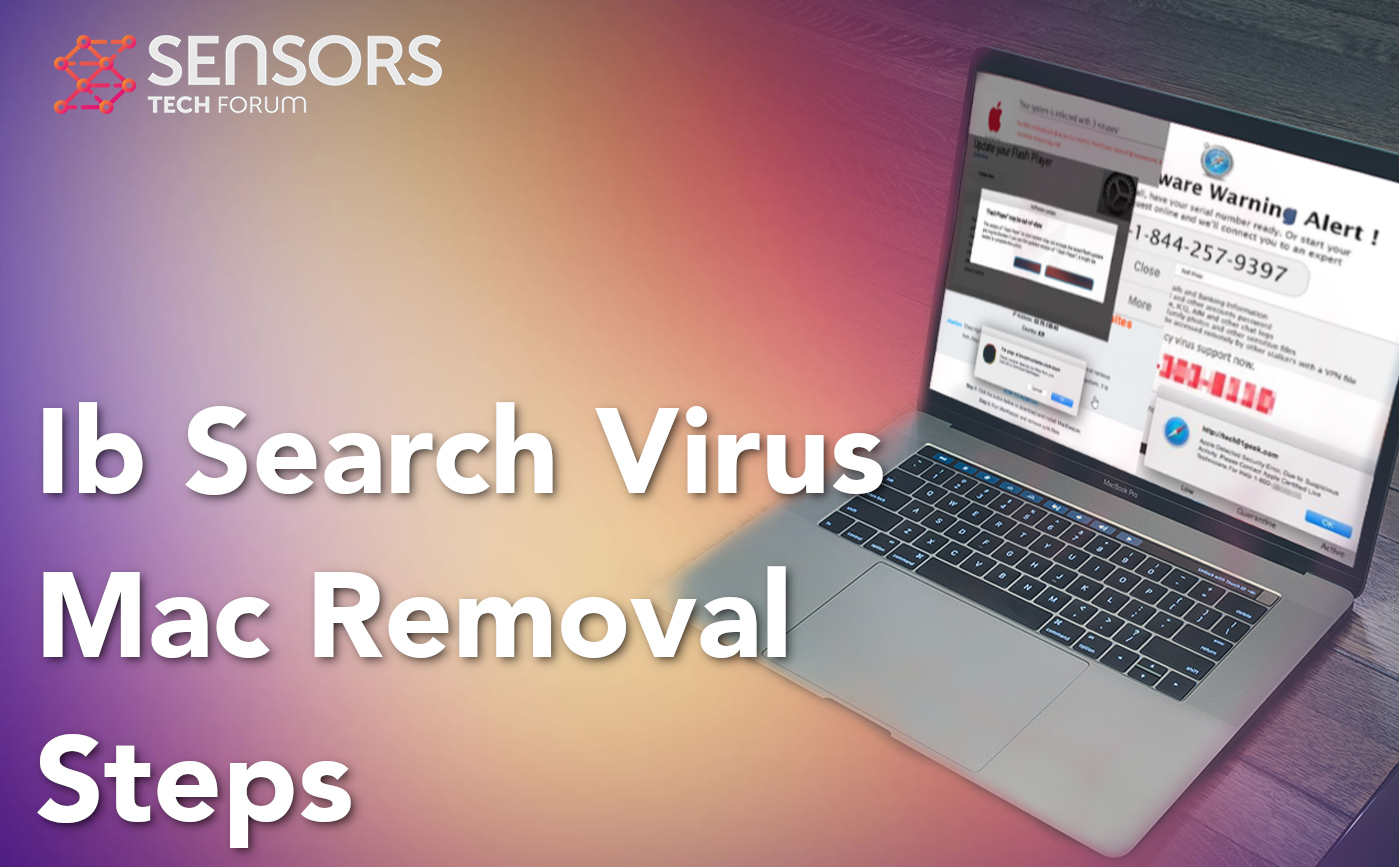

- #Search for viruses on mac how to#
- #Search for viruses on mac for mac#
- #Search for viruses on mac Patch#
- #Search for viruses on mac software#
MacOS High Sierra versions 10.12.2 and above include a patch for this vulnerability, so updating your machine should keep you safe. The end goal for both is the same: overload system memory to bring your Mac to its knees so that you call up a fake Apple tech support number and hand over your credit card details to a bogus team on the other end of the line. The second force opens iTunes multiple times. The first variant takes control of the mail application to force create multiple draft emails. What happens then depends on whether you’re running macOS 10 or 11. The malware is hidden behind a link in a seemingly genuine tech support email - you click on the link, the malware makes itself at home on your computer. Safari-get is a denial-of-service (DoS) attack that began targeting Mac in 2016. However, the chances of being infected rely on you opened that specific file, which is slim.Ī warning message that Apple displays anytime a file contains macros should be enough to keep you safe from Word macro viruses. In 2017, Malwarebytes discovered malware in a Word document about Donald Trump to the worry of Mac users.
#Search for viruses on mac for mac#
Macro support on Mac was removed by Apple with the release of Office for Mac back in 2008, but was reintroduced in 2011 meaning files opened with macros enabled could run a Python code to log keystrokes and take screenshots of personal data. Macros are commonly used by Word users to automate repetitive tasks and they're a prime target for Malware peddlers. What’s that, a Microsoft program bringing its virus-riddled programs over to Mac? Unfortunately, yes. As you can see it aims to "download offers" that users see on their computers An X-ray of a Mac virus: Here is what it looks likeīelow is an executable command of an adware code. However, as you’ll see from some of the viruses, in certain cases even vigilance can’t protect you. If something seems off, there’s every chance that it is. Double check every app that you want to download and every email that you receive before following through on an action.

The best way to avoid a virus on Mac is to be vigilant. The moment you click on a link and enter details or download the seemingly genuine app, you give the green light for a virus to infect your system.

The most common ways for malware to infiltrate your computer is through third-party browser plugins like Adobe Reader, Java, and Flash, or by using a Trojan horse or phishing scam - an app or email that appears to be from a legitimate source, but is in fact fraudulent. How does a Mac virus find its way onto your system in the first place? Typically with a helping hand from you.Īpple viruses rely on you downloading a program, clicking a link, or installing an app or plugin. So all viruses are malware, but not all malware are viruses if that makes sense?
#Search for viruses on mac software#
Malware is a blanket term for a wide range of malicious software including adware, spyware, ransomware, and Trojans. Something to note before we continue: a virus is a type of malware, capable of copying itself and spreading across a system.
#Search for viruses on mac how to#
We’re going to run through known Mac viruses, malware, and security flaws and show you how to keep your computer safe using CleanMyMac X. Viruses on Mac are more common than you might imagine. The more macOS grows in popularity, the more lucrative it becomes to hackers and rogue programmers, and with no anti-virus, your MacBook is at risk of attack. In this article, we will look at the most common Mac viruses and security flaws, how to detect them, prevent your Mac from getting them, and how to remove them. But to help you do it all by yourself, we’ve gathered our best ideas and solutions below.įeatures described in this article refer to the MacPaw site version of CleanMyMac X. So here's a tip for you: Download CleanMyMac to quickly solve some of the issues mentioned in this article.


 0 kommentar(er)
0 kommentar(er)
